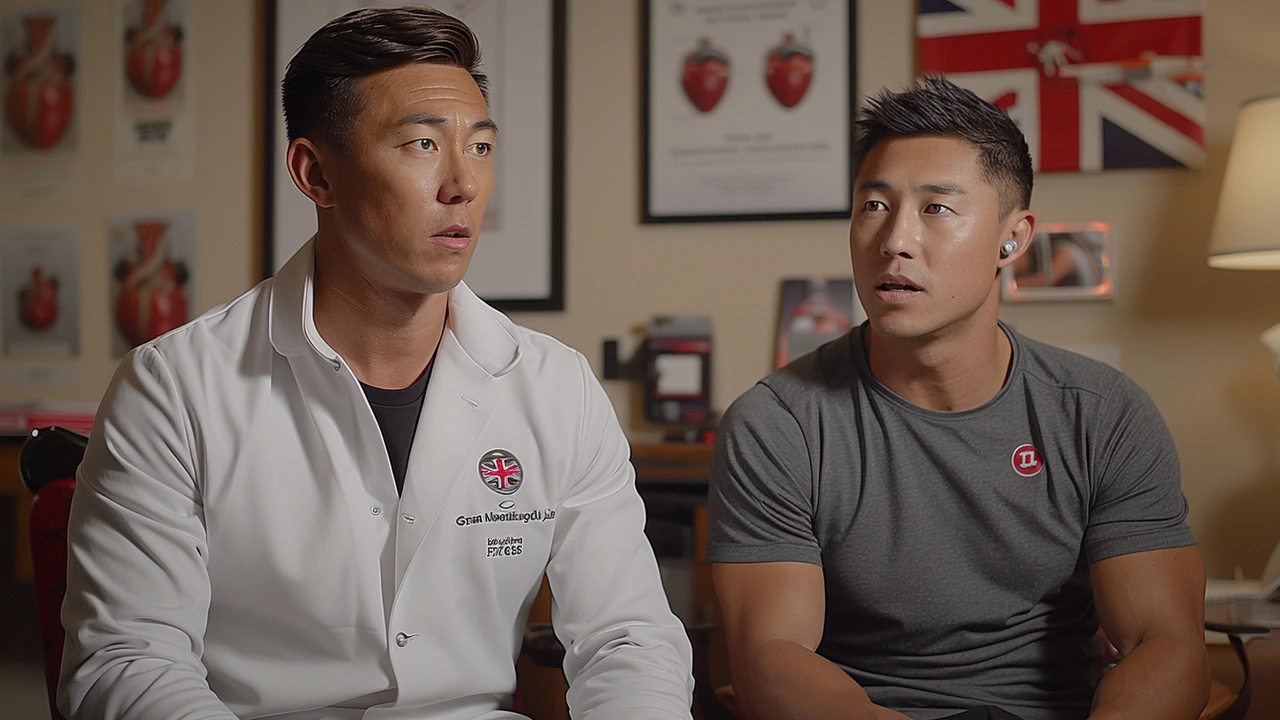May 2024 Archive — Preventing Blood Clots in Stents
In May 2024 we published a practical guide on preventing blood clots after coronary angioplasty and stent placement. If you or someone you care for just had a stent, this page summarizes the key facts: what raises risk, how to prevent problems, what symptoms matter, and what doctors do if a clot happens.
What causes clots and what to watch for
Stents restore blood flow but they also irritate the artery wall. That irritation plus slowed flow can let clots form, especially in the first weeks to months after placement. Stopping antiplatelet drugs early is the most common avoidable cause. Other risks include diabetes, smoking, poor stent expansion, infection, and having multiple or complex stents.
Know the warning signs. For heart stents, new or worsening chest pain, sudden shortness of breath, sweaty skin, nausea, fainting, or a feeling that something is very wrong are red flags. These symptoms need immediate emergency care — don’t wait to see if they go away.
Practical prevention and follow-up steps
Medications matter. Most patients leave the hospital on dual antiplatelet therapy — aspirin plus a P2Y12 inhibitor like clopidogrel, ticagrelor, or prasugrel. Your cardiologist will tell you how long to continue both drugs. Never stop them without talking to your doctor. If you must pause for surgery or dental work, plan it with your care team to avoid gaps.
Keep follow-up appointments and join cardiac rehab if offered. Rehab checks your recovery, helps rebuild safe activity, and focuses on blood pressure, cholesterol, and blood sugar control — all things that lower clot risk. Simple daily habits help a lot: quit smoking, take meds on schedule, eat a heart-healthy diet, and stay active as advised.
If you notice any bleeding while on antiplatelet therapy, tell your provider. They can balance bleeding risk and clot risk and may adjust doses or choose different medications. For people with diabetes, tighter blood sugar control reduces complications that can raise clot risk.
When a clot is confirmed, hospitals act quickly. Treatment can include urgent angioplasty, stronger antiplatelet drugs, or clot-dissolving therapies depending on the situation. Imaging and lab tests guide the choice. Early treatment lowers the chance of lasting heart damage.
The full May 2024 article includes a short checklist to bring to appointments: current meds, allergy list, recent symptoms, and questions about how long to take antiplatelet therapy. It also has tips for planning dental care and minor procedures safely while on blood thinners.
If you want clear, usable resources about medications, heart care, and recovering from procedures, head to RX2Go.com. Our posts aim to give the exact steps to discuss with your doctor, not vague advice. If you need a printable checklist or quick questions to ask your cardiologist, the May 2024 post has them ready.
